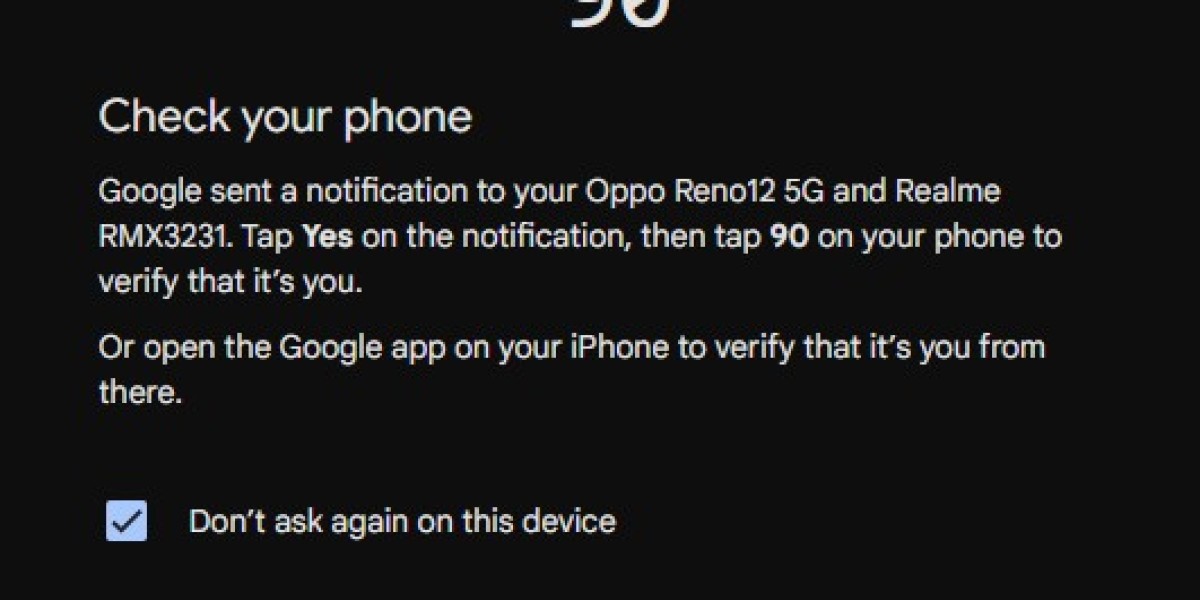In the fast-paced and strategic world of poker, mastering winning strategies is essential for success. While human players rely on intuition, experience, and psychological insight to make decisions at the table, poker bot AI takes a different approach, employing sophisticated algorithms and computational techniques to calculate optimal strategies. In this article, we'll delve into the mechanics of how poker bot AI calculates winning strategies, shedding light on the complex algorithms and mathematical principles that underpin its decision-making process.
Understanding Poker Bot AI: A Blend of Math and Psychology
At its core, poker is a game of incomplete information, where players must make decisions based on limited knowledge of their opponents' cards and intentions. Poker Bot AI addresses this challenge by leveraging mathematical models, game theory principles, and statistical analysis to make decisions that maximize expected value and minimize risk.
Probabilistic Analysis:
Poker bot AI begins by assessing the probability of various outcomes based on the current state of the game, including the cards on the table, the betting actions of opponents, and the range of possible hands they may hold. Using techniques such as Monte Carlo simulations and Bayesian inference, poker bot AI calculates the likelihood of different scenarios unfolding and adjusts its strategy accordingly.
Game Theory Principles:
Game theory plays a central role in the decision-making process of poker bot AI. By modeling poker as a game of strategic interaction between rational actors, poker bot AI can anticipate opponent responses, exploit weaknesses in their play, and optimize its own strategy to achieve the best possible outcome. Concepts such as Nash equilibrium, mixed strategies, and optimal bluffing frequencies inform the decision-making process of poker bot AI, allowing it to make decisions that are both theoretically sound and strategically effective.
Dynamic Programming:
Poker bot AI employs dynamic programming techniques to solve complex decision-making problems efficiently. By breaking down the game into smaller, more manageable subproblems and recursively solving them, poker bot AI can compute optimal strategies for each decision point and seamlessly integrate them into its overall strategy. This allows poker bot AI to adapt to changing game conditions, exploit opponent weaknesses, and maximize its expected value over time.
Machine Learning:
In addition to traditional algorithms and mathematical models, poker bot AI may also incorporate machine learning techniques to improve its performance and adaptability. By analyzing large datasets of hand histories, player behaviors, and game outcomes, poker bot AI can identify patterns, trends, and strategic insights that inform its decision-making process. Through iterative learning and refinement, poker bot AI can continually update and improve its strategy, staying ahead of the competition and maximizing its long-term profitability.
In conclusion, the calculation of winning strategies by poker bot AI is a complex and multifaceted process that blends mathematical analysis, game theory principles, and computational techniques. By leveraging probabilistic analysis, game theory principles, dynamic programming, and machine learning, poker bot AI can compute optimal strategies that maximize expected value and minimize risk in the face of uncertainty. While the inner workings of poker bot AI may remain opaque to many, its impact on the game of poker is undeniable, reshaping the landscape of competition and challenging players to adapt and innovate in the face of formidable machine opponents.


